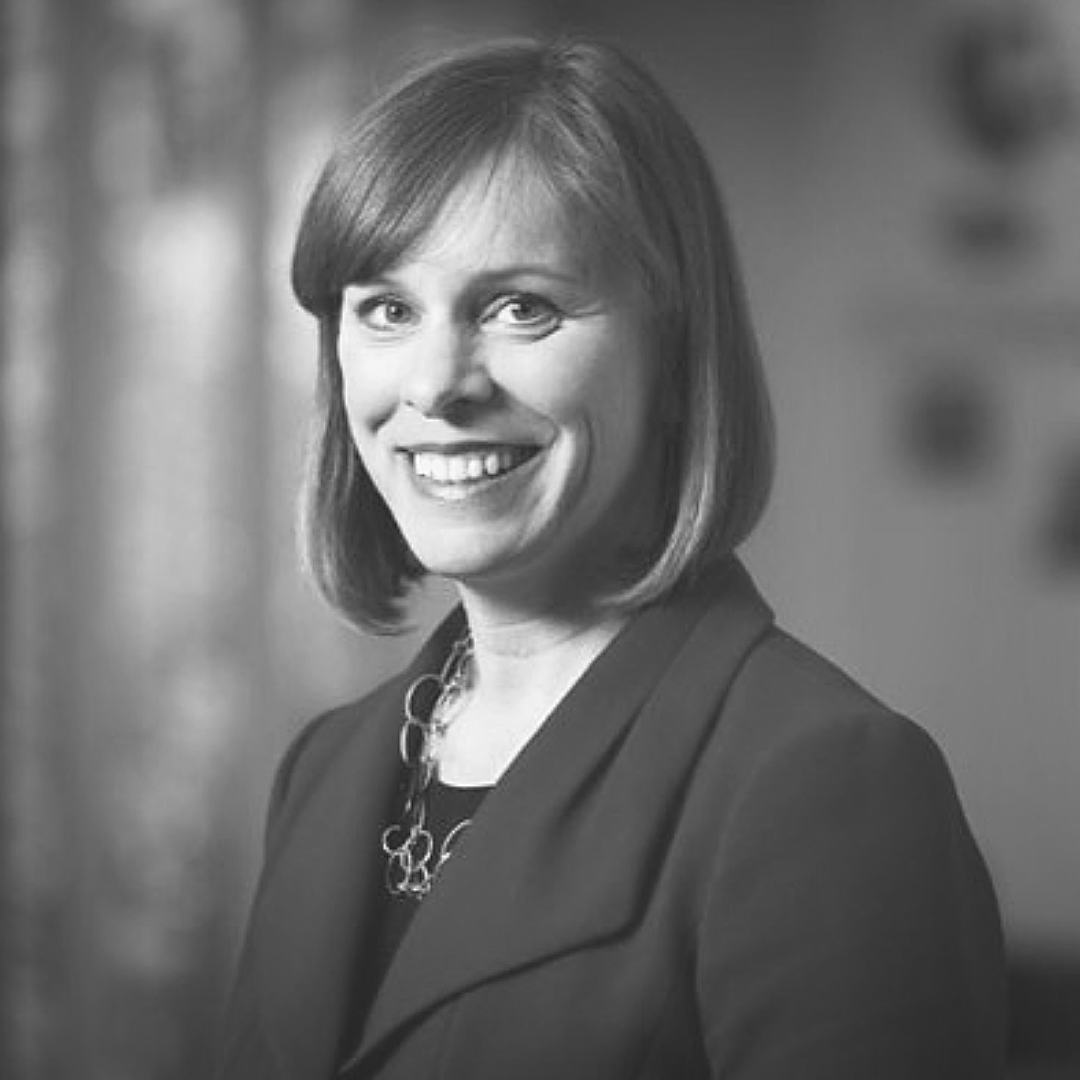


Reef Technology CTO Matt Lindenberger joins Products That Count to discuss how to accelerate and evolve product strategy in a time of crisis.
Top Strategist Theresa Lina discusses market adoption dynamics and the challenges product leaders face in developing a competitive strategy.
Peek.com CPO Navya Rehani Gupta joins Products That Count to speak on how to maximize your impact as a product leader with adaptability.